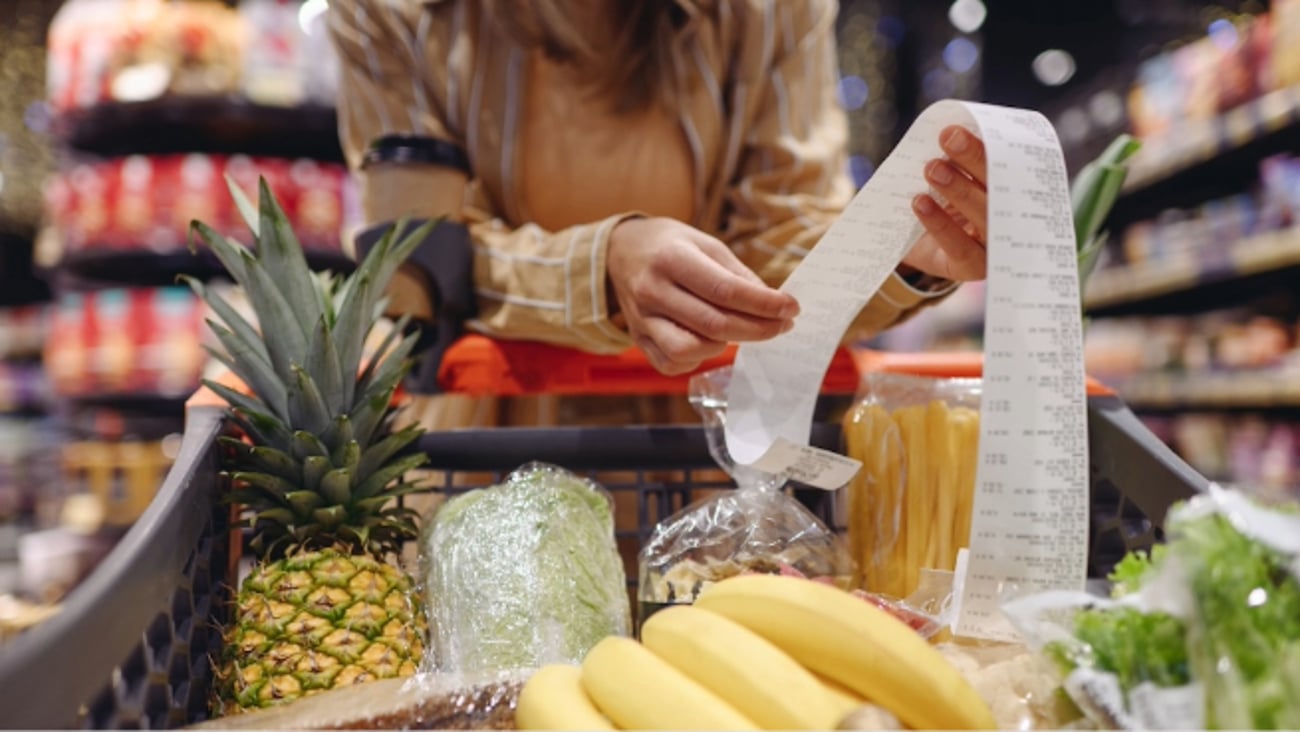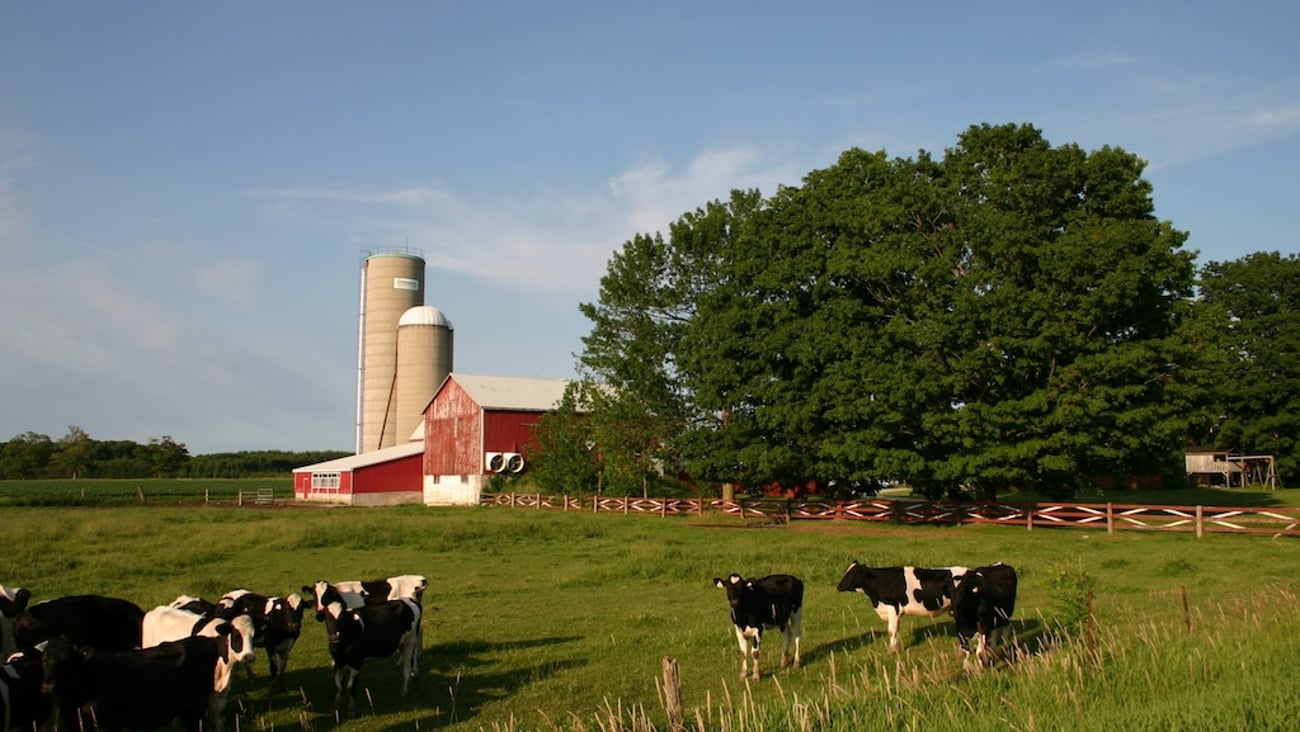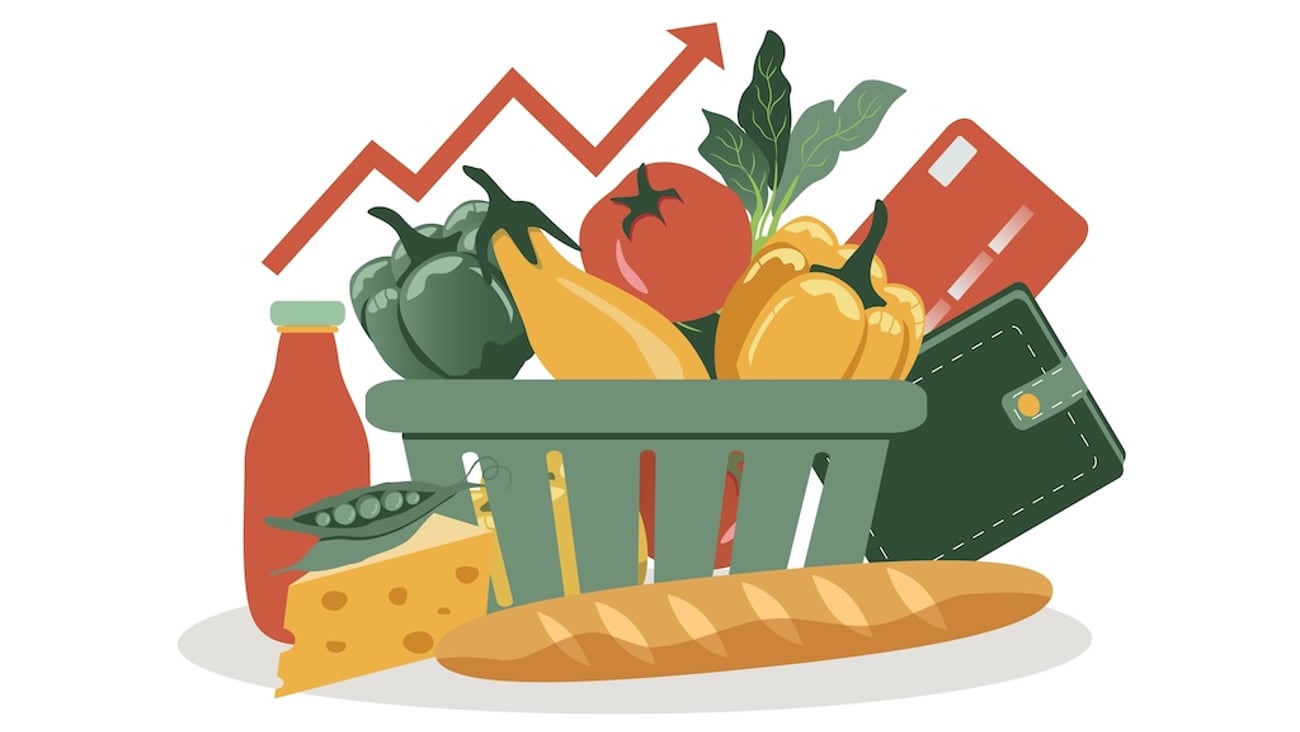The Liberals’ legacy in food: A decade of mixed signals
As the Liberal government approaches its tenth year in power, it is worth assessing its impact on Canada’s agri-food sector. While often perceived as disconnected from rural priorities and farm realities, the data offers a more nuanced picture.
Farm cash receipts—the gross revenues received by farmers—have increased by 60.9% since 2015, a rate nearly on par with the 62.9% growth observed in the prior decade (2005–2014). From a macroeconomic standpoint, the growth in farm revenues appears relatively consistent across governments.
What has changed more substantially is the level of direct government support. Total direct payments to farmers reached $7 billion under the current government, a significant shift from the previous downward trend when payments declined from $5 billion to $2.1 billion between 2005 and 2015. These payments, which include income and risk management supports, suggest a more responsive fiscal approach to agricultural policy under the Liberals.
READ: Canada’s farmland values grew at a slower pace in 2024, FCC says
Perhaps the most striking development is the change in net farm income. Between 2005 and 2014, Canadian farms reported average annual net incomes of $4.56 billion. Since 2015, that figure has nearly doubled to $8.76 billion. This upward trend reflects a combination of favourable commodity markets—particularly following the global shock triggered by Russia’s invasion of Ukraine—operational efficiencies, and sustained global demand for Canadian agri-food exports.
However, volatility has increased. Profitability remains uneven across the sector, with smaller farms, livestock producers, and highly leveraged operations facing more significant financial stress.
Structural consolidation in agriculture is nothing new. Between 2001 and 2016, Canada lost approximately 21% of its farms. Since 2016, the sector has seen an additional estimated decline of 10%. While concerning, these figures align with trends across other industrialized nations, driven by economies of scale, aging demographics, and market pressures.
On the consumer side, the Trudeau government introduced major policy changes. In 2019, Canada’s Food Guide underwent its most substantial reform in decades, replacing the traditional four food groups with a plate-based model emphasizing proportions: half fruits and vegetables, one-quarter proteins (including plant-based sources), and one-quarter whole grains. The shift away from dairy as the recommended beverage attracted predictable pushback from the dairy sector, as did the broader embrace of plant-based proteins from livestock producers.
In 2026, Canada will introduce mandatory front-of-package labelling for products high in sodium, sugar, or saturated fats. This reform is designed to simplify nutritional decision-making and level the playing field across manufacturers, encouraging reformulation to avoid “red-flag” labels.
READ: From boycotts to 'Buy Canadian,' it's been a turbulent year for the grocery industry
In the latter half of the decade, public scrutiny of food prices and retailer behaviour intensified. The 2017 bread price-fixing scandal, followed by an ongoing Competition Bureau investigation, has eroded consumer trust. The establishment of a national grocery code of conduct—intended to promote fairness and transparency in supplier-retailer relations—was a direct response to these concerns. Whether the code will achieve its objectives remains to be seen.
The performance of the Canadian agri-food sector under the Liberals is a study in contrasts. On the surface, the sector appears resilient: profitability has improved, support programs have expanded, and key policy shifts have aimed to modernize food systems and consumer protections.
But these gains cannot be entirely attributed to government policy. Global markets, commodity cycles, and the inherent adaptability of Canadian farmers have played equally important—if not greater—roles.
Ultimately, the central question remains: has the sector thrived because of federal leadership, or in spite of it?






